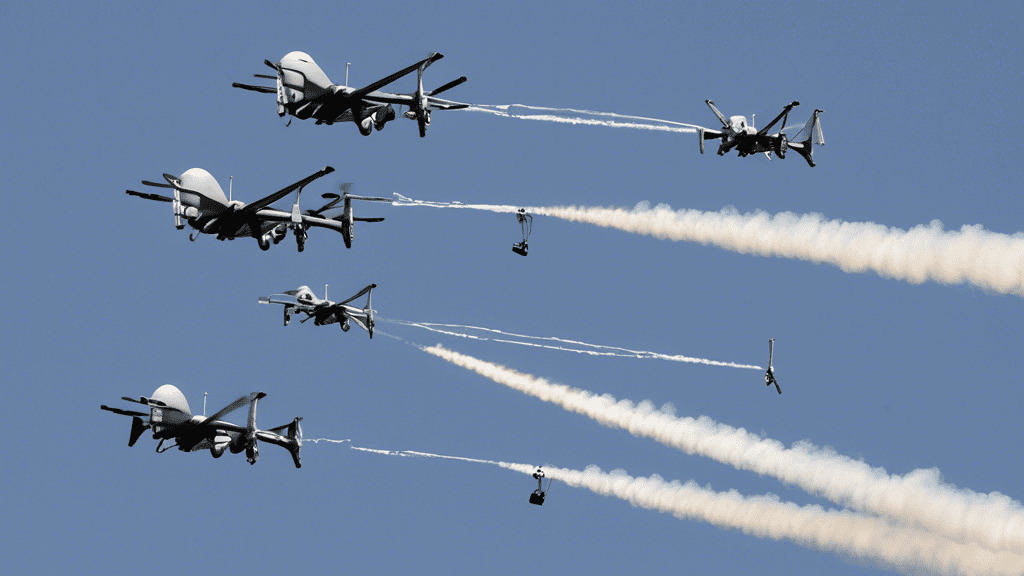Recent Escalations in the Russia-Ukraine Conflict
On October 30, 2024, the ongoing conflict between Russia and Ukraine took a serious turn with a series of drone strikes exchanged between the two nations. These developments represent a major escalation in hostilities, raising concerns over the regional stability and the implications for civilians caught in the crossfire. The share of drone warfare is becoming increasingly significant, and it has changed the landscape of this conflict dramatically.
Casualties and Damage Reports
The recent drone strikes have resulted in at least four fatalities, with dozens more sustaining injuries, particularly in Kyiv where at least nine individuals were reported injured in these attacks. Reports indicated that the Ukrainian capital faced overnight drone strikes that damaged infrastructure and created panic among residents. Notably, a Jewish school in Kyiv suffered severe structural damage, reflecting the indiscriminate nature of modern warfare that impacts educational institutions and starkly highlights the civilian toll of this conflict.
As the drones continue to unleash havoc, the frequency of these attacks is alarming. October 2024 has already seen Russia execute a staggering 19 air attacks on Kyiv alone. This growing reliance on drone strikes foreshadows a potential shift in tactics not just for these two nations, but for military operations globally. The drone warfare being employed is not just a blip on the radar; it signifies a changing dynamic when it comes to conflict resolution and military engagement.
The drone strikes are occurring against a backdrop of serious diplomatic interactions, such as the visit of North Korea’s top diplomat to Moscow around the same time. This context could imply broader geopolitical changes, with nations like North Korea showing signs of increasing involvement in regional conflicts. The interplay of these relationships is critical as it may alter the underlying tensions between Russia and Ukraine further.
While the military officials and Ukrainian authorities have been vocal about the casualties and damage sustained during these attacks, the impact on the local populace is hard to measure. There’s a growing crisis among civilians who are grappling with the psychological impacts of persistent threats from the sky. Families live in constant fear, and the destruction has left a marked imprint on the city’s fabric. The ongoing conflict shows no immediate signs of de-escalation, leaving communities in a state of limbo.
In conclusion, the exchange of drone strikes is not merely a tactical maneuver but encapsulates an ongoing escalation of hostilities between Russia and Ukraine. As both sides continue to bolster their military strategies using drones, the implications for future engagements and innocent lives caught in the crosshairs can be dire. Understanding the full scope of this conflict is essential, especially as we witness the human and infrastructural toll continue to rise.
